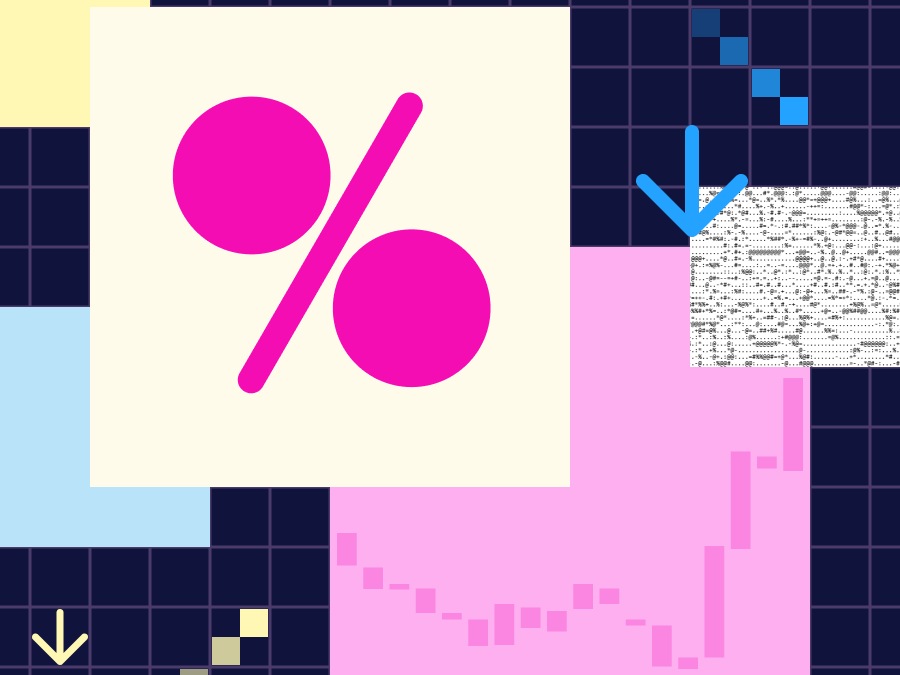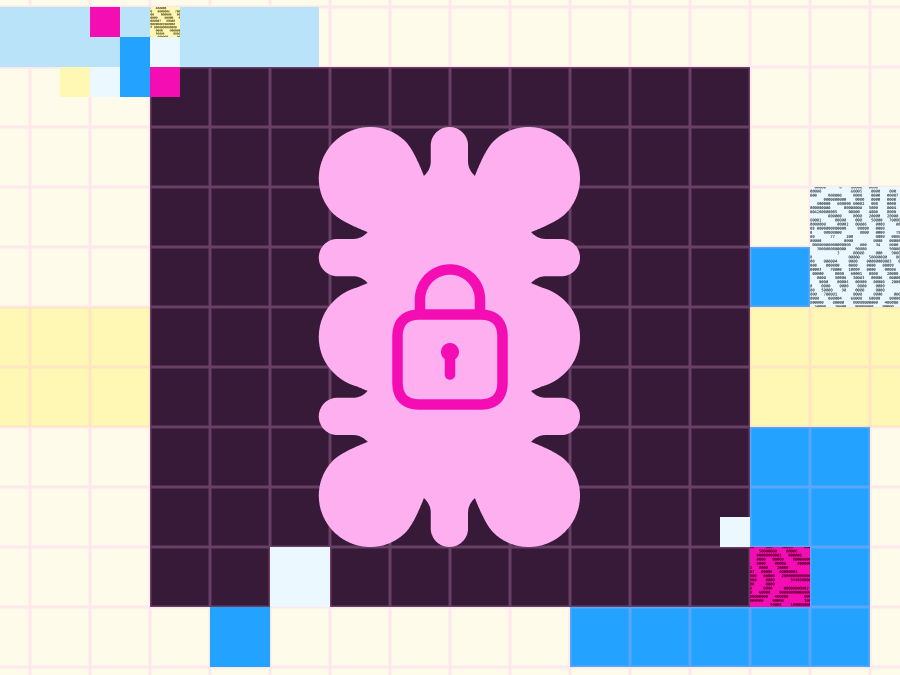Traditionally, gas fees add layers of complexity to swapping. Holding the right token, on the right network, at the right time to pay for gas slows down new and experienced traders alike.
Gasless swaps let you trade tokens onchain without worrying about network fees. Instead of submitting a transaction and paying gas in the network’s native token (e.g. ETH), you sign an order expressing your intent to a third party. This third party executes the trade and covers the gas — and from your perspective, it feels just like any other swap.
Discover how gasless swaps work, why they unlock a better trading experience, and how to start using them today.
How gasless swaps work (step-by-step)
Making a gasless swap feels just like a regular one — just better. You still connect your wallet, select input and output tokens, and the amount to swap. But the key differences are under the hood.
Gasless transactions can automatically happen on Uniswap apps through UniswapX. When you submit a swap on Uniswap apps, they automatically check whether UniswapX can get you a better price than v2, v3, or v4 pools. If eligible, your trade will route through a third-party filler via UniswapX — making it a gasless swap.
Here’s what happens next:
1. Sign an order that describes your intent to trade
For you, this will feel just like confirming a regular swap — same wallet interaction, no extra steps.
2. A filler picks up the order and submits the transaction onchain
The filler — a third party that executes your trade — pays the gas and prices that cost into the trade.
3. Tokens arrive in your wallet
If the swap fails, there’s no gas cost to you.
Comparing traditional vs. gasless swaps
Gasless swaps solve problems that most onchain traders have just learned to live with — running out of ETH, paying gas on failed swaps, or managing native tokens across multiple networks. Behind the scenes, they rely on a different architecture than traditional AMM swaps.
Here’s how the two compare:
| Feature | Traditional Onchain Swaps | Gasless Swaps |
|---|---|---|
| Gas Fees | Paid directly by the user in the network's native token (e.g., ETH) | Covered by third-party fillers; costs are included in the swap price |
| Transaction Submission | User signs and submits the transaction onchain | User signs an intent; a filler submits the transaction onchain |
| Native Token Requirement | User must hold native tokens to cover gas fees | No need to hold native tokens; fillers handle gas payments |
| Failed Transaction Costs | User incurs gas fees even if the transaction fails | No gas fees charged to the user for failed transactions |
| Execution Model | Direct execution onchain by the user | Intent matched and executed onchain by a third-party filler |
| User Experience | Requires manual gas management and sufficient native token balance | Simplified experience with gas abstracted away from the user |
Trade smarter with gasless swaps
Gas fees shouldn’t slow you down — and with UniswapX, they don’t.
UniswapX offers gasless swaps, MEV protection, and access to deep liquidity for a faster, simpler trading experience.
Fast. Simple. Smart. Ready to try it? UniswapX is live on the Uniswap Web App and Wallet.



